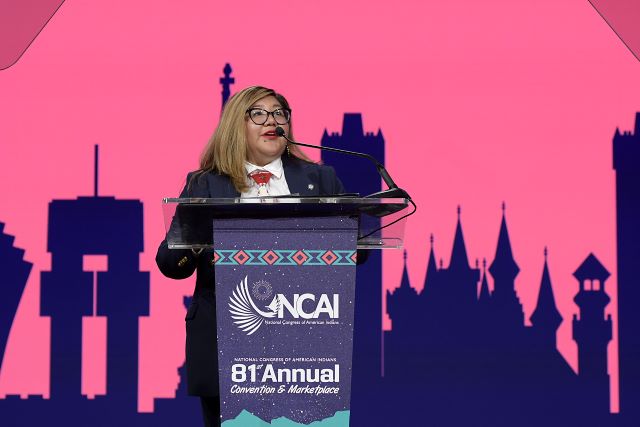
Earlier this week, the U.S. General Services Administration (GSA) hosted Native American Industry Day in collaboration with the U.S. Department of the Interior. This event celebrated and empowered Indigenous innovation, entrepreneurship, and economic development.
GSA brought together Native American industry leaders, entrepreneurs, professionals, and allies to explore contracting opportunities and foster growth in honor of Native American Heritage Month.
Panel discussions focused on sustainable development, technology in tribal communities, economic sovereignty, and the integration of traditional knowledge with modern business practices.
November is recognized as Native American Heritage Month, during which the Friday after Thanksgiving is also observed as Native American Heritage Day.
This day honors American Indian and Alaska Native cultural heritage and tribal sovereignty through various programs, ceremonies, and activities, allowing all Americans to learn about the historical status of Native American tribal governments, current conditions faced by Native American people, and their rich cultural legacy.
Recently, the Bureau of Indian Affairs reported that Native Americans serve in the United States Armed Forces at a rate five times higher than the national average.
Nearly 20% of all Native American service members are women, compared to 15% of female service members from other backgrounds.
Native American veterans were honored on Veterans Day for their commitment and perseverance, exemplifying courage, resilience, and dedication to both their communities and the country.
In the last week of October 2024, the National Congress of American Indians (NCAI) held its 81st Annual Convention & Marketplace.
This event brought together tribal leaders, NCAI members, Native youth, and allies from across Indian Country to discuss critical issues and strengthen nation-to-nation relationships.
During the third General Assembly of NCAI81, Executive Director Naomi Miguel from the White House Initiative for Native Americans and Tribal Colleges and Universities spoke about advancing education for Native youth, emphasizing the critical role of schools as the “beating heart” of Native communities.
The assembly also addressed the Tribal Energy Finance Program’s resources for energy projects, which offers $2 billion in funding for tribal infrastructure and clean energy development. This program aims to support Native energy sovereignty and assist tribes in building robust energy systems.
The U.S. Army Corps of Engineers has been tasked with…
Brown and Caldwell, a leading environmental engineering and construction firm,…
Humboldt State University, one of four campuses within the California…